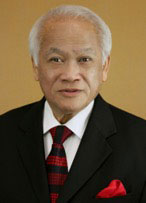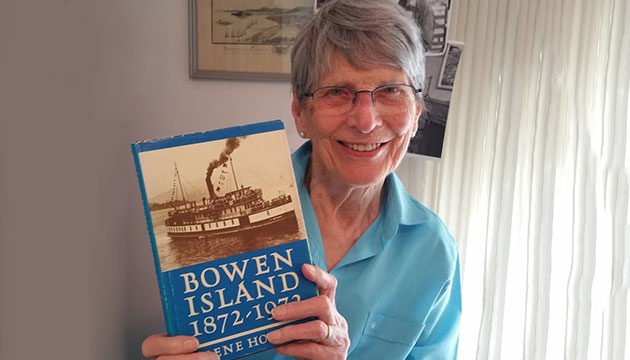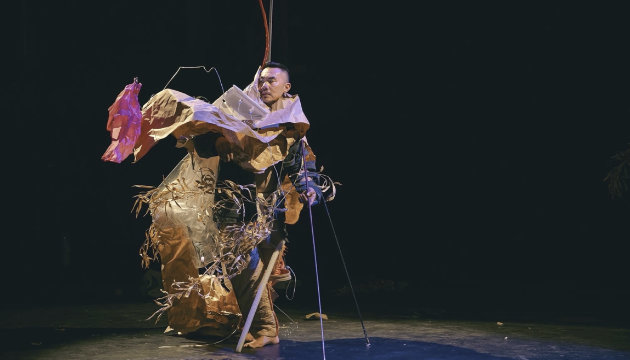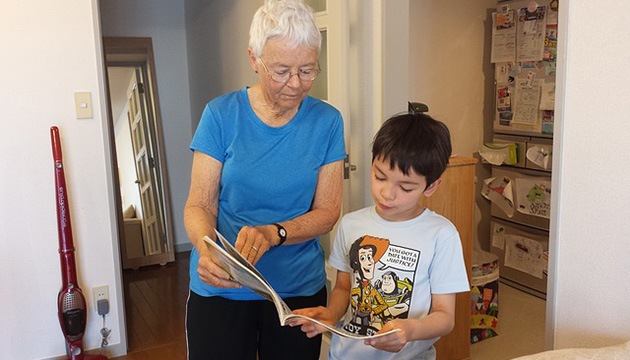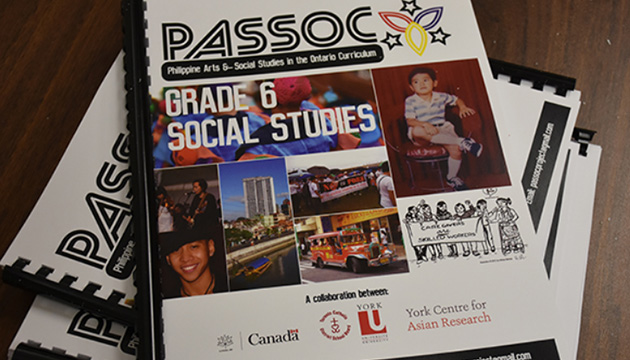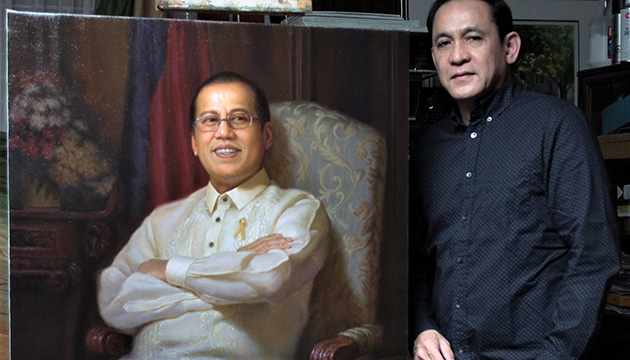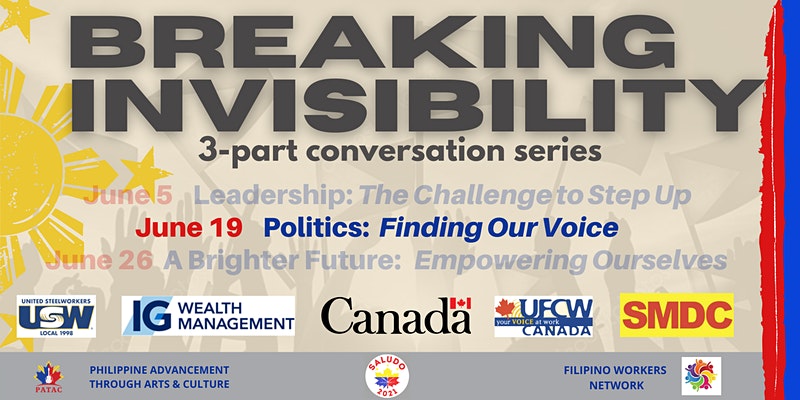[Editor’s Note: This Commentary is from Dr. Rey’s Medisina at Politika column in Pilipino Express.]
August 1, 2014 - Winnipeg: Is Canada an integrated multiculturally-mosaic or an assimilated melting-pot society? If the former is your answer, you got it right; if the latter is your choice, you got it wrong.
Why ask the question?
In the immediately preceding issue of Canadian Filipino Net [Marcos Jr. visit to Canada to “seize on momentum” of Philippine-Canada ties] on the forthcoming state visit later this year by Philippine President Ferdinand R. Marcos Jr, both the President and the Canadian Ambassador to the Philippines David Hartman have identified the strong and significant presence of Canadian Filipinos or Filipino diaspora in the country, albeit from two different perspectives. Said Hartman: “More than one million people in Canada claim Filipino heritage – a cultural identity that has become an essential component of Canada’s multicultural fabric.” [Bold print is mine for emphasis.] This reflects integration of Canadian immigrants.
The President, for his part, said: “I noted during our Independence Day, all these celebrations being held officially by local governments around Canada for the Philippines, as a celebration of Philippine culture, a celebration of Philippine independence, was really indicative of how well they (the Filipino diaspora in Canada) have assimilated themselves into your space, into your society.” [Bold print is mine to underscore the difference.] “And for that,” he added, “that is something that we need to continue and to develop. It is perhaps the way of the world.”
Although they echoed similar sentiments – namely, the important role of the Canadian Filipino community in Canadian society – the President and the Canadian Ambassador reflect two contrasting viewpoints: “assimilation” and “integration,” respectively.
What’s the big difference?
Assimilation happens when the diasporas’ heritage cultures are not encouraged to thrive. Instead, the culture of the host nation’s founding people not only is sustained but also is held above all others. The varied heritage cultures of the varied subsequent immigrant groups are absorbed or assimilated into the host country’s founding and prevailing culture. The diasporas are expected to conform. The result is a melting-pot nation, like the USA.
In contrast, integration is “the combining of separate parts or elements into a unified whole.” That is, the varied cultures of the varied diasporas are ‘preserved’ and continue to mold and enhance the continually evolving multicultural heritage of Canadians – a Canadian public policy now legislated in the Canadian Multiculturalism Act and enshrined in the Charter of Rights and Freedoms of the Canadian Constitution.
The need to be fully informed
That is why the above-mentioned quote attributed to the President (in the media release from the Philippine Presidential Communications Office) caught my attention and prompted me to bring my observation to the Office of the Philippine Embassy in Ottawa. We would like the President and his Communications Office to be fully informed and advised, particularly so in light of the President’s forthcoming state visit within the next five months and the anticipated Canadian media contact and coverage.
We thank the Philippine Ambassador to Canada Her Excellency Maria Andrelita S. Austria. She wrote: “Thank you too for the very perceptive comments on the President’s comments regarding the diaspora in Canada. We will convey these comments to the Office of the President, to make sure the President is made aware of the nuances in describing the diaspora in the US and Canada.”
A reminder comes to mind
This reminds me of a piece of Canadian history I reflected on about a score ago for the book, Canada: The New Millennium Series, edited by Elizabeth McIninch and published by Carol Canada in 2003 (Rey Pagtakhan: People - The Multicultural Experience, p35). Allow me to share a couple of paragraphs:
“The framework for a multicultural Canada was eloquently envisioned by Sir Wilfrid Laurier, Canadian Prime Minister at the turn of the 20th century when he boldly proclaimed while beholding an English gothic cathedral: ‘I would like the marble to remain marble, the granite to remain granite, and the oak to remain oak, and out of these varied elements I will build a nation that will be the envy of the world.’
“The very essence of this vision would be echoed as a public policy nearly three quarters of a century later in 1971 by then Prime Minister Pierre Elliott Trudeau (the father of our current Prime Minister Justin Trudeau): ‘A policy of multiculturalism commends itself to the government (of Canada)…National unity, if it is to mean anything in the deeply personal sense, must be founded on confidence in one’s own individual identity; out of this can grow respect for that of others and a willingness to share.’
“This ideal underpins the pillars of Canada’s multiculturalism policy: shared identity, social justice, and social cohesion. It was designed to integrate, not assimilate, all Canadians in every facet of Canadian life. The policy has become the unique identifying thumbprint of our Canadian society” – a nation that champions diversity, equity and inclusion; a country with a full government ministry dedicated to these fundamental values of human dignity and decency.
Yes, Canada is an integrated multicultural-mosaic, not an assimilated melting-pot nation!
![Philippine President Ferdinand R. Marcos Jr. and Canadian Prime Minister Justin Trudeau at the Canada-Philippines sideline meeting on September 6, 2023 during the ASEAN summit in Jakarta, Indonesia. It was then and there when the Prime Minister invited the President for a state visit to Canada. [Credit: Photo by the Philippine Presidential Communications Office]](/images/photos/aug2024/President_Marcos_and_Pm_Trudeau.jpg) Philippine President Ferdinand R. Marcos Jr. and Canadian Prime Minister Justin Trudeau at the Canada-Philippines sideline meeting on September 6, 2023 during the ASEAN summit in Jakarta, Indonesia. It was then and there when the Prime Minister invited the President for a state visit to Canada. [Credit: Photo by the Philippine Presidential Communications Office]
Philippine President Ferdinand R. Marcos Jr. and Canadian Prime Minister Justin Trudeau at the Canada-Philippines sideline meeting on September 6, 2023 during the ASEAN summit in Jakarta, Indonesia. It was then and there when the Prime Minister invited the President for a state visit to Canada. [Credit: Photo by the Philippine Presidential Communications Office]


